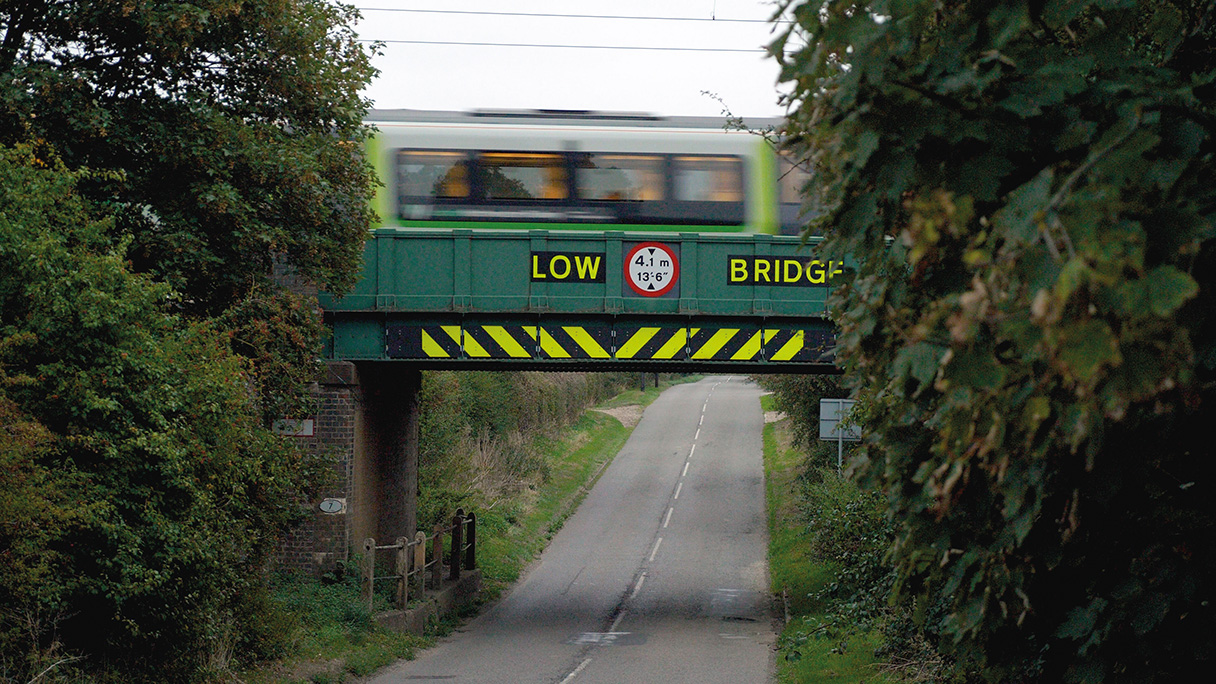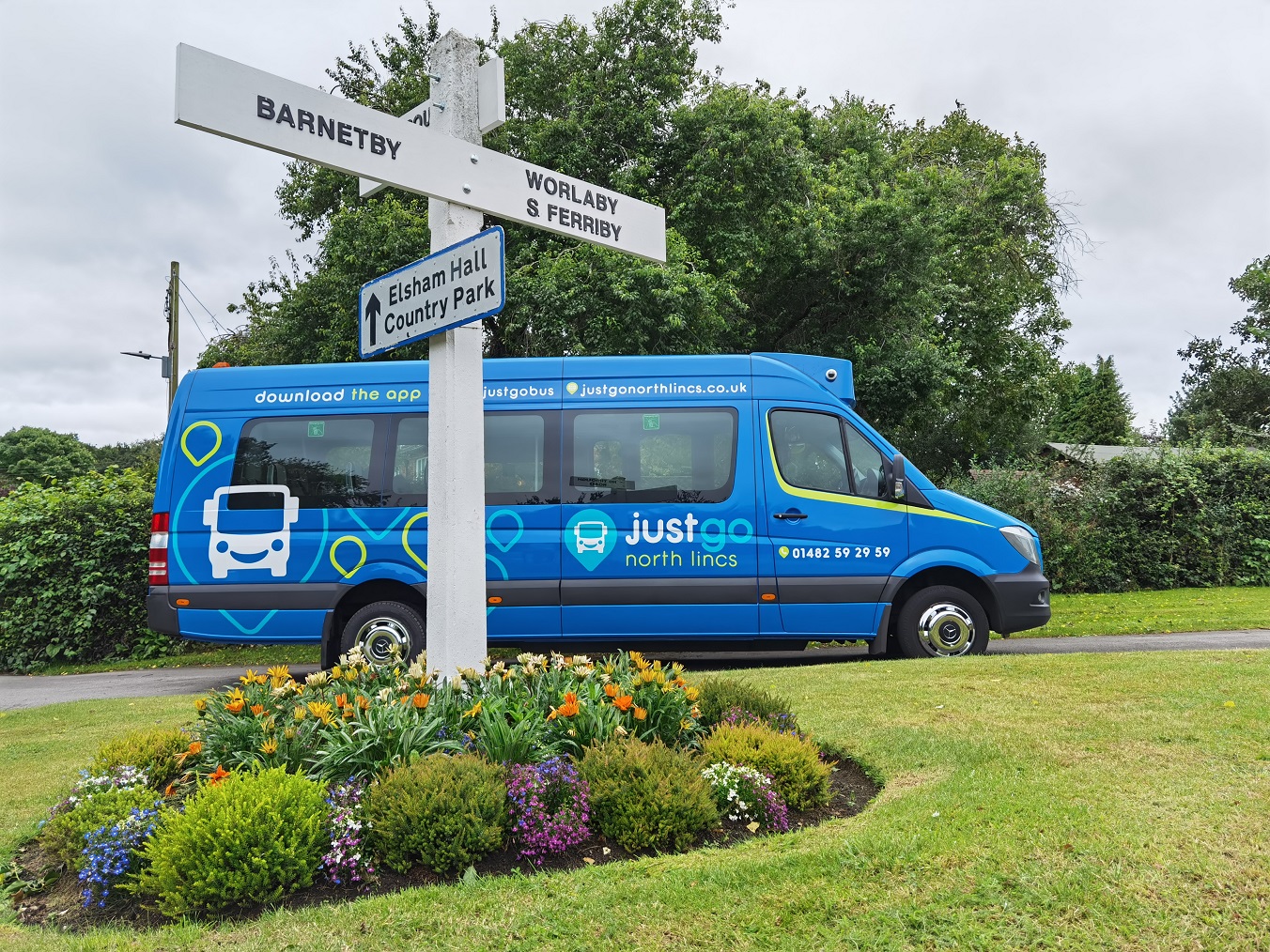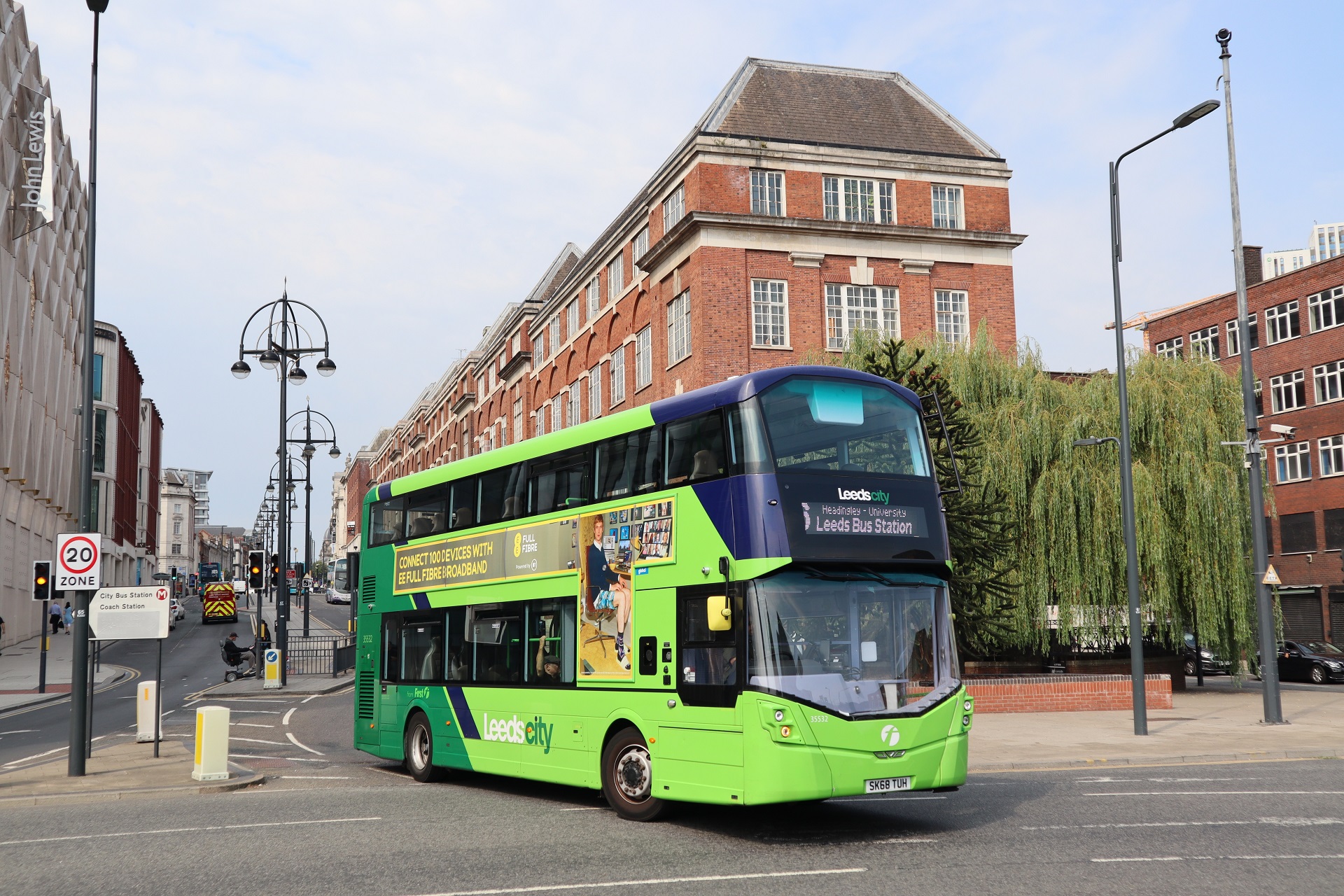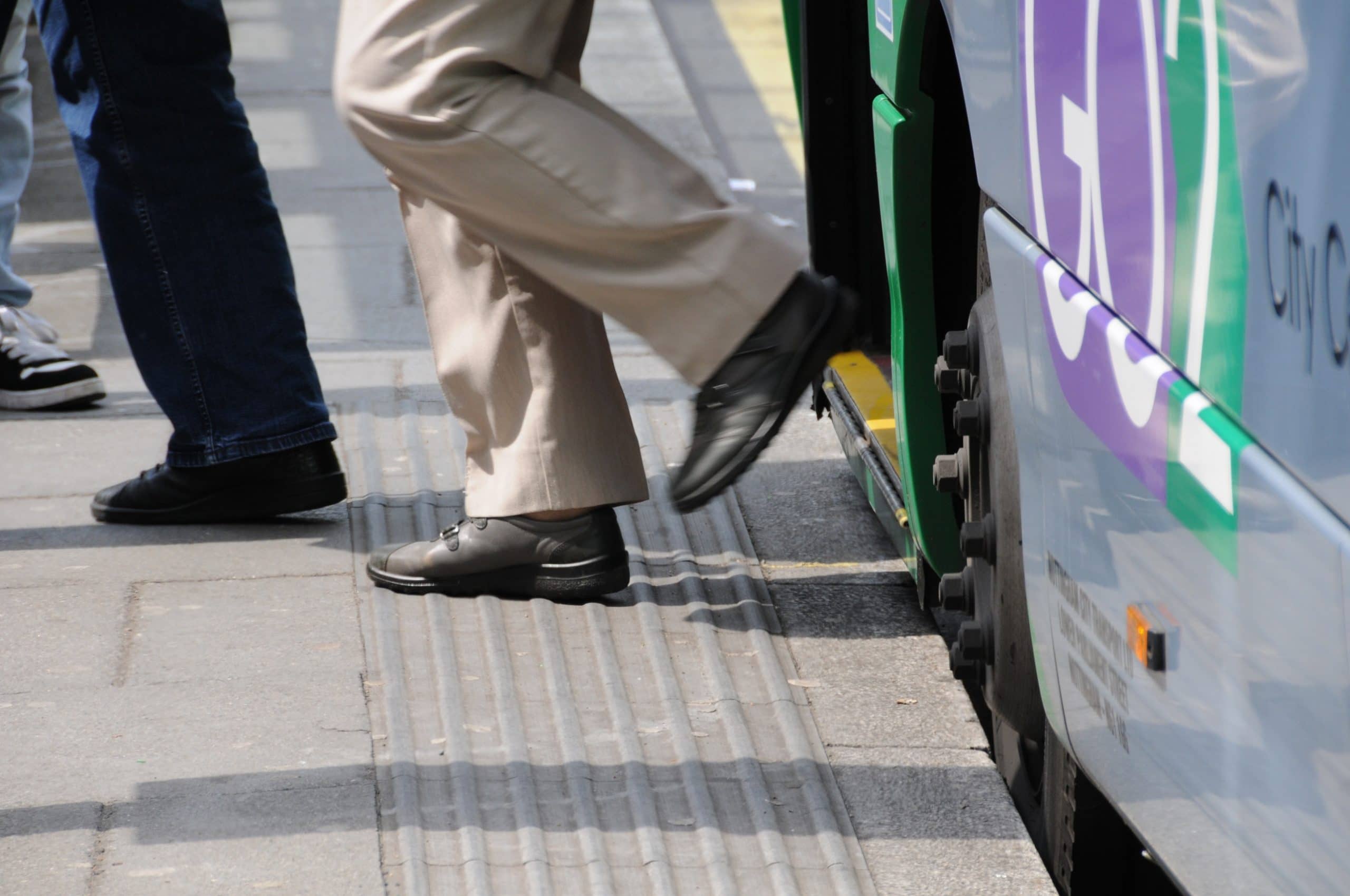A bridge strike last May has resulted in a reduction of Atlantic Travel (GB)’s International O-Licence for 14 days
A bridge strike by a doubledecker bus last May has resulted in Traffic Commissioner (TC) Gerallt Evans reducing the international O-Licence held by Bolton-based Atlantic Travel (GB) from 37 vehicles to 32 for a period of 14 days following a Golborne Public Inquiry.
The TC revoked the PSV driving licence of the driver involved, Hassan Akhtar, and disqualified him from holding such a licence for six months.
The TC said that the company had been transporting children from a primary school to the
Quarry Bank Mill heritage site on 27 May 2022.
‘Concerns about delay’
Mr Akhtar was given a job sheet which set out the pick-up and destination points, together with the start and finish times. It did not give any route details.
Mr Akhtar planned the route himself using Google Maps on a computer in the company’s office. During the return journey, he encountered congestion and became concerned that he would be delayed returning to the school. He decided to follow a different route back to the school; one that was suggested to him by Google Maps. Mr Akhtar found himself driving towards the railway bridge. There was a warning sign at the side of the road about the presence of the bridge and its height.
The bridge itself was clearly marked with a sign confirming its height as 13’9” (4.19m). The double decker had a height of 14’6” (4.42m) as indicated on a marker visible to the driver in the cab and was therefore a full nine inches (23cm) higher than the signed bridge height. Mr Akhtar claimed not to have seen the warning signs.
The TC did not consider there was any reasonable explanation why Mr Akhtar should not have seen any of the signs. He said that, as the bus passed slowly under the bridge, the roof was in contact with the underside of the bridge structure. Scratch marks showed it having come into contact with bolts protruding from the underside of the bridge. Mr Akhtar stopped and asked the children and staff to disembark and wait on the pavement while he reversed the bus out. He reported the matter to his office and then continued the journey to the school without further incident.
Risk ‘not unforeseen’
Sole director Yasser Ahmed Dean and Transport Manager David Horrocks assured the TC that they were aware of the Senior TC’s letter to operators in September 2020 on the avoidance of bridge strikes, and he was satisfied that they had taken some steps to address the risk of bridge strikes before May 2022.
Most of the company’s work involved daily school transport, and those routes were planned by the company. A similar approach was taken to its rail replacement work.
The private hire work was less than 25%, and typically involved around five or six vehicles. It was mostly undertaken by coaches that were fitted with satnav devices. The double-decker buses were not so equipped. It was unusual for a double-decker to be used for a one-off private hire booking. The practice for the company’s private hire work prior to this incident was for drivers to plan their own route.
‘Gap’ in approach
The company undertook an annual risk assessment that included consideration of bridge strikes.
Since the incident it had increased the frequency of the risk assessment to six monthly. However, the TC was concerned that Mr Dean also appeared to place great store in the fact that the company had not previously been involved in a bridge strike.
Although changes had been made since May 2022, the TC considered that they were prompted by the bridge strike incident.
This was not a case where the company and its Transport Managers had completely failed to consider the risk of bridge strikes. The risk in relation to private hire work was mitigated to an extent by the fitting of commercial sat-nav devices to the company’s coaches. Efforts had also been made to dissuade drivers from using their own unsuitable devices. However, the TC found that there was a gap in that approach.
Insufficient steps had been taken to reduce the risk of a bridge strike involving a double decker being used on private hire work. Sufficient steps were not taken to ensure that the drivers planned suitable routes for such journeys.
That risk was not unforeseen. The risk assessment in March 2022 identified the need for more training and better route planning, but Mr Dean and Mr Horrocks failed to act on those improvements with appropriate speed. That reflected an unfortunate complacency in their approach, which was evidenced by Mr Dean’s reliance on the absence of previous incidents, the failure to report the incident to the bridge owners, and Mr Horrocks’ initial categorisation of the collision as a ‘minor incident’.
Positives recognised
The TC also recognised the positive aspect of the changes the company had now implemented in relation to its approach to preventing bridge strikes, albeit that some further refinement was needed, such as clarifying the approach to mobile phone use and monitoring drivers’ compliance with their instructions.
However, he considered that some action beyond a warning was necessary to encourage the company to avoid the complacency that he found did play a part in relation to this incident. He referred in particular to the failure to promptly act on the findings of its own risk assessment in March 2022.
Had those changes to training and route planning been made then, this incident might well have been avoided.
He determined the appropriate reduction should be of five vehicles, which corresponded with the number used for private hire work, and which should not affect the company’s ability to operate its school transport and rail replacement services.
Clearly, if there had been no evidence of the risk of bridge strikes being assessed, or a lack of effective mitigating action in relation to the entirety of the company’s work, then action far higher up the scale would have been considered.

























